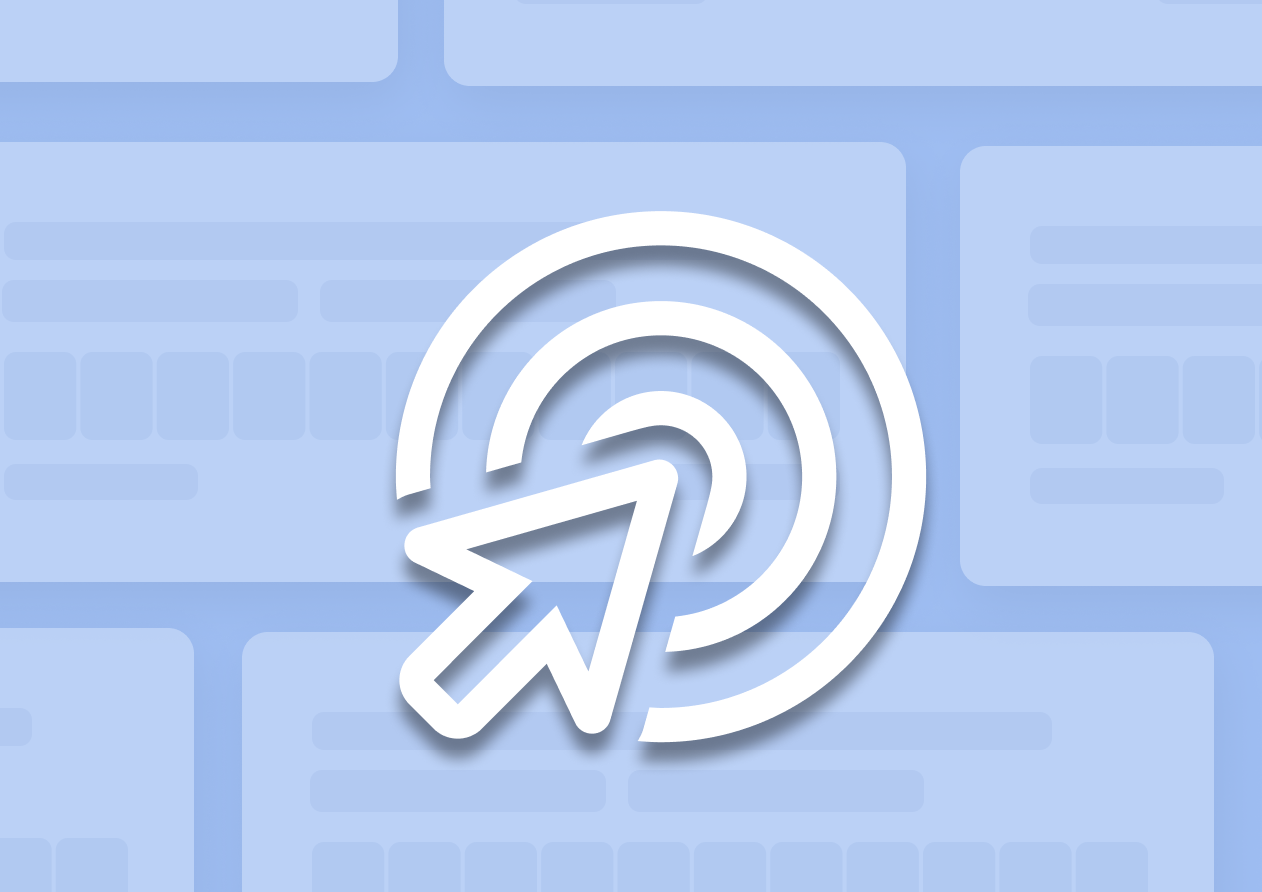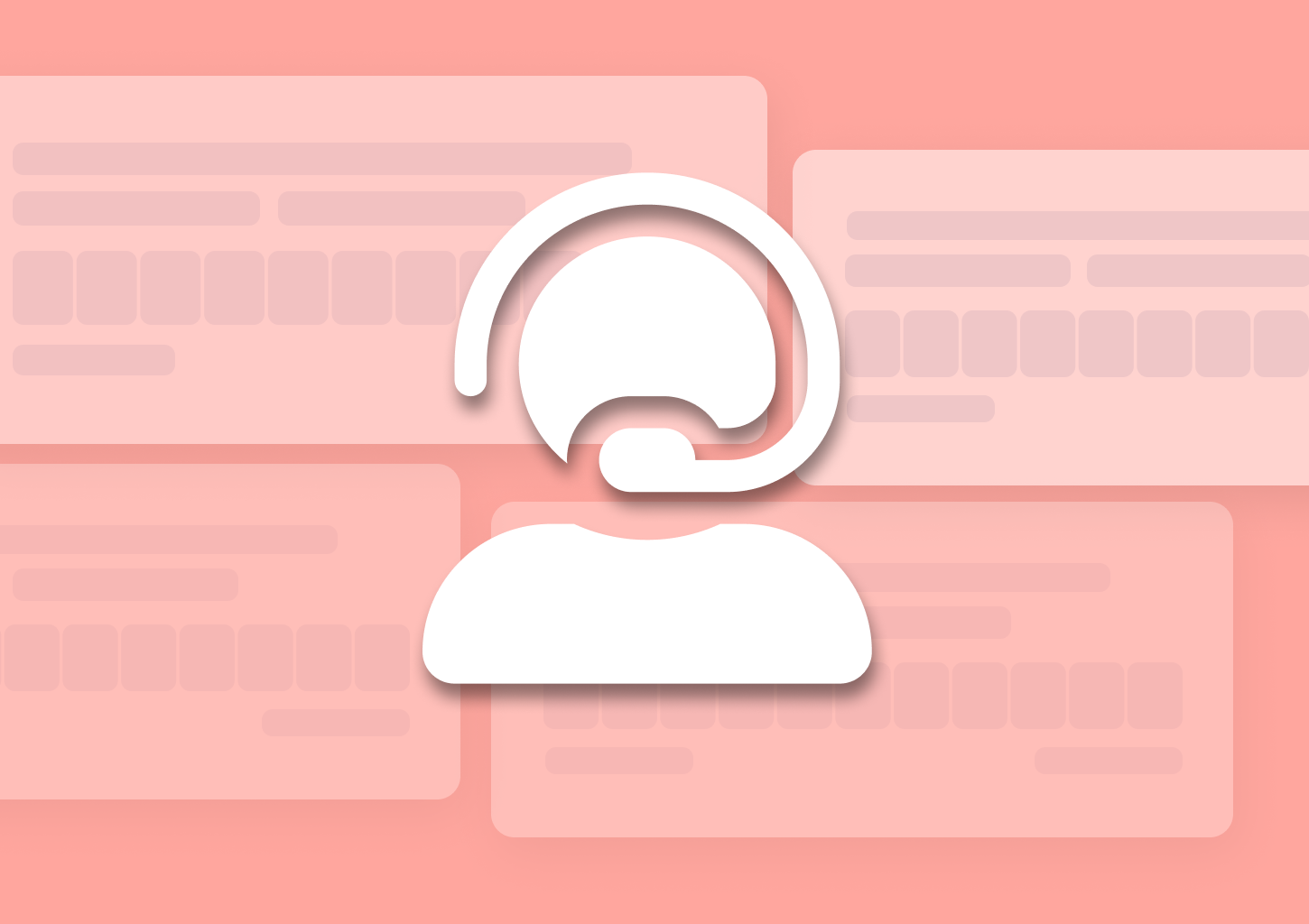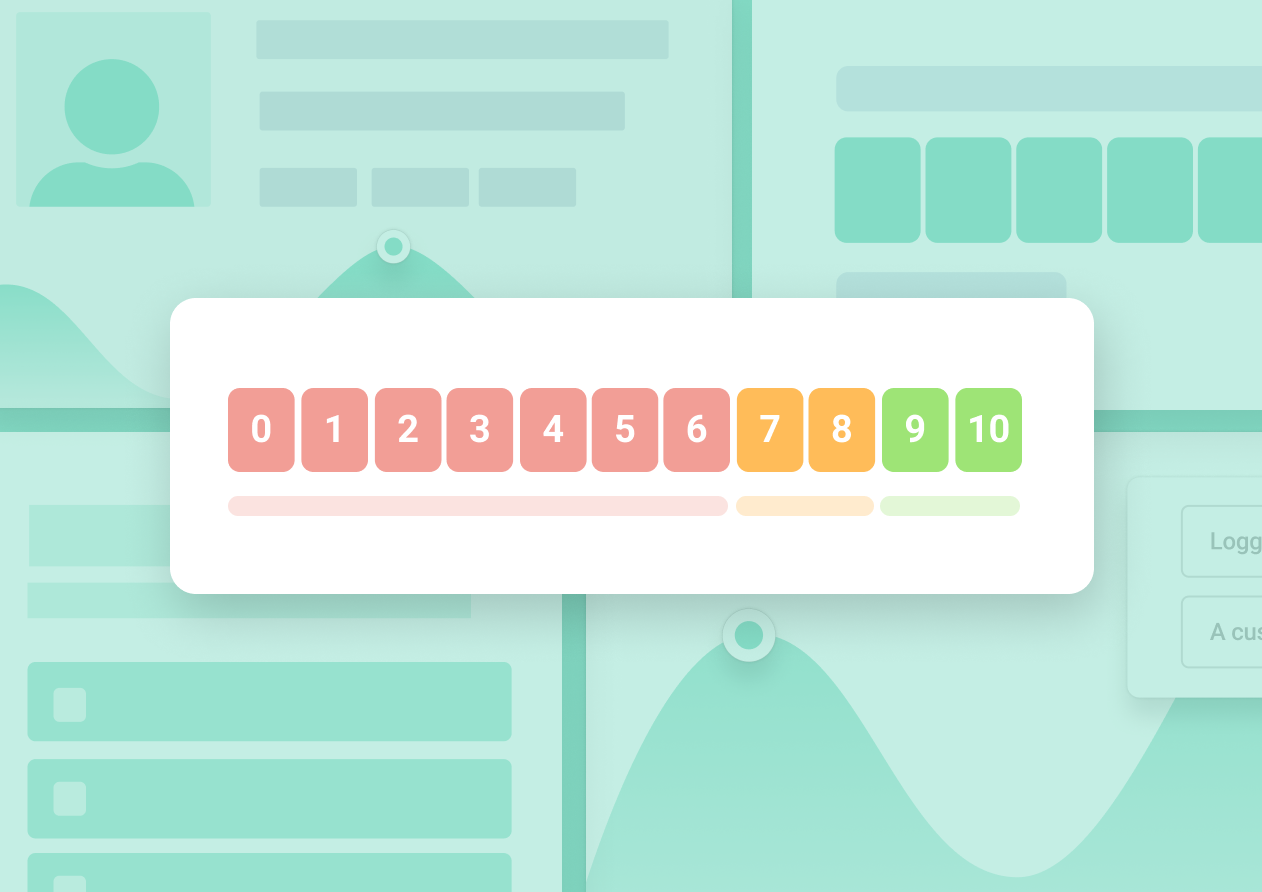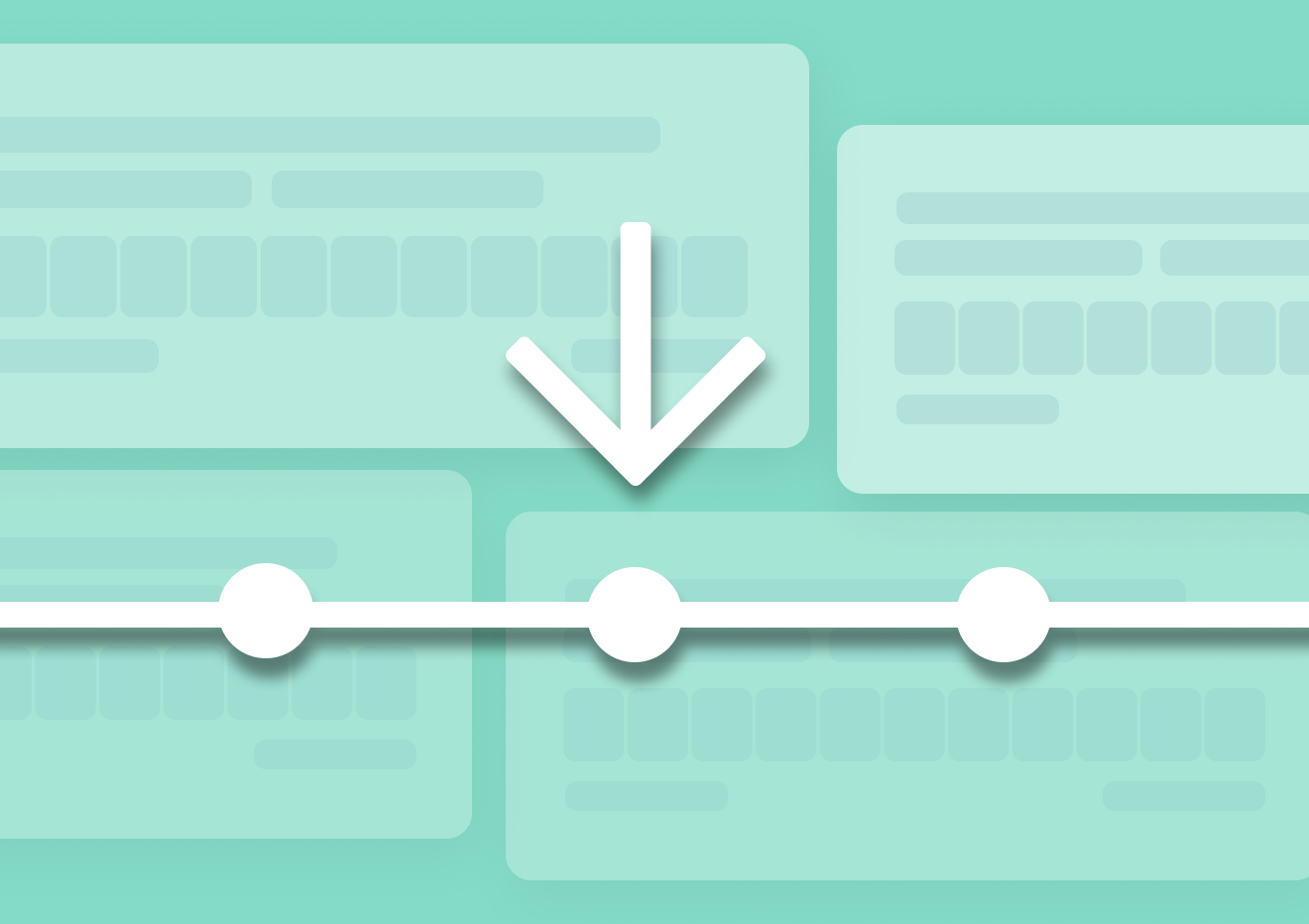50 Examples of Customer Satisfaction Survey Questions
This is a massive list of the best customer satisfaction survey questions examples.
It will show you what are the best questions to ask in a customer satisfaction survey, and show you examples of those surveys in use.
Before we get to customer satisfaction survey questions, though, we need to talk about this…
Why is using the right customer satisfaction survey questions so important?
Isn’t any question, providing it somehow relates to customer satisfaction, good enough for such a survey?
Well, yes, but only in theory.
In reality, however, there’s more to the questions you ask than that.
For example – Not every question would work for a customer satisfaction survey.
Now, I admit that the example below may be a little too extreme. I don’t think anyone would create a survey like that. That said, it also illustrates well my point about not every question being suitable for customer satisfaction surveys.

First of all, the question assumes what constitutes good product usage.
Granted, some users might be logging in every day. But for most SaaS or digital products, not everybody has to.
Think of email, for example. Most of us check emails daily, often several times per hour. However, I know a person who logs into his inbox only twice a day – Once in the morning to check for new messages, and once after lunch to process emails. That’s it.
But if we followed the thinking in the above survey, his email usage would only signal dissatisfaction with the product but that’s far from the truth.
The other problem with this customer satisfaction survey question is that it uses a wrong format to collect replies. The question clearly asks for opinion. But the only option to answer is to provide a rating.
Instead of a rating question, this survey should have used either a long-form comment box or a dropdown with a list of options.
Although, again, if we consider the question the only way to answer it would be with either yes or no.

I’ve shown you a negative example so let’s turn the tables now.
Let’s see what happens when you ask good and relevant questions in customer satisfaction surveys.
Four reasons to really focus on customer satisfaction survey questions
I’ve already hinted at some characteristics of customer satisfaction survey questions (and we’ll talk more about that later in this guide.) They are clear and relevant. And here’s what you get from writing your questions this way:
Higher response rates. Strong survey questions are logical. They make sense to the person seeing them. They are also relevant to their situation, and offer a way for them to share their opinion unobtrusively.
As a result, customers are more likely to take and complete the survey, boosting your response rates in the process.
Better data accuracy and reliability. Because the person understood the question, they’ve provided you with a relevant and valuable answer. If that happens across all the surveys you run, the overall quality and accuracy of your data is only bound to go up.
Reduced bias. Well-written questions avoid making assumptions or influencing the respondent’s answers in any way. They also minimize confusion or misinterpretation.
Improved data analysis. This comes as a direct result of collecting better quality feedback. With that, you can conduct a more meaningful data analysis, and be sure that whatever conclusions you draw are based on real and meaningful answers.
Different types of customer satisfaction survey questions
There are dozens, if not hundreds, of distinct survey question types, particularly considering all possible variations and combinations. I’m sure someone somewhere has compiled them all.
But the thing is, not all of those questions would work in a customer satisfaction survey. In fact, typically, we use no more than a handful of different question types in such surveys:
- Likert scale questions which measure attitudes or opinions by asking respondents to rate statements on a scale, often from strongly disagree to strongly agree.
- Yes/No questions providing binary responses for straightforward questions.
- Ranking questions in which respondents prioritize options based on preference, revealing relative preferences among items.
- Multiple choice questions that allow respondents to select from predefined answer options, providing structured data.
- Open-ended questions that allow participants provide free-text responses, delivering in-depth insights but requiring manual analysis.
NPS survey, for example, uses a rating question.

(NPS question example)
Its follow-up question, however, usually uses an open-ended question, and asks participants to provide a detailed response.

(NPS follow-up question)
CSAT, on the other hand, uses a Likert scale question.

50 examples of best customer satisfaction survey questions
Now, off to the good stuff.
I promised you a complete list of questions to ask in customer satisfaction surveys, and here it is.
To make it easier to locate the more relevant questions, I organized the list by different goals of customer satisfaction surveys.
Below, you’ll find the best questions for general customer satisfaction surveys, questions that help collect product feedback, profile users, evaluate your market positioning, and more.
So, without any further ado, here are the best customer satisfaction survey questions.
General customer satisfaction
Questions in this section are ideal for when you want to evaluate different aspects of your customer satisfaction – From loyalty, to customer effort.
Best NPS questions that help evaluate customer loyalty
| Question | Type |
| On a scale of 0 to 10, how likely are you to recommend us to a friend or colleague? | Rating |
| Considering your experience with [Insert Your Company Name,] how likely are you to recommend us to a friend or colleague? | Rating |
| Based on your experience of using [PRODUCT NAME] for [LENGTH OF TIME], how likely are you to recommend it to a friend or colleague? | Rating |
Best follow-up questions for NPS surveys
| Question | Type |
| Why would you NOT recommend us? | Open-ended |
| What could we have done differently to provide a better experience? | Open-ended |
| What should we improve? | Open-ended |
| Can you share a recent experience that influenced your rating? | Open-ended |
| How likely are you to continue using our product/service in the future? | Open-ended |
| How does your likelihood to recommend us compare to other similar products/services you’ve used? | Open-ended |
Best CSAT questions to evaluate customer satisfaction
| Question | Type |
| On a scale of 1 to 5, how satisfied are you with our product/service? | Likert |
| How would you rate your overall experience with our company? | Likert |
| How would you rate the support you received? | Likert |
| Were you satisfied with the speed of our service/product delivery? | Likert |
| How would you rate the accuracy of information provided about our product/service? | Likert |
| Were you satisfied with the communication from our company throughout your experience? | Likert |
| How would you rate the availability of customer service or support channels? | Likert |
| Were you satisfied with the resolution of any issues or concerns you raised? | Likert |
| How would you rate the overall value you received from our product/service? | Likert |
Best CES questions to ask
| Question | Type |
| How easy was using [Product] so far? | Likert |
| How easy was it to solve your problem today? | Likert |
| Was it easy to find the information you wanted on our website? | Likert |
| Did you encounter any obstacles or challenges while using our product/service? | Likert |
| Did you find it simple to achieve your goal with our product/service? | Likert |
| Did you experience any frustration or friction while using our product/service? | Likert |
| How likely are you to continue using our product/service based on the ease of use? | Likert |
| How easy was it to interact with our support/sales/etc. team? | Likert |
| How much do you agree with the following statement: [Product] made it easy for me to use the X feature | Likert |
Product feedback
Use these questions when evaluating what customers think about your product or its various features/capabilities.
| Question | Type |
| How do you use the product? | Open-ended |
| What specific features of our product do you find most valuable? | Open-ended |
| Are there any features or functionalities you feel are missing from our product? | Open-ended |
| Has our product helped you achieve your goals or solve your problems effectively? | Yes/no |
| How would you rate the performance and speed of our product? | Rating |
| Have you encountered any issues or bugs while using our product? | Yes/no |
| How would you rate the user-friendliness and ease of navigation of our product’s interface? | Rating |
| Are there any integrations or third-party apps you’d like to see supported by our product? | Open-ended |
| How well the product meets your needs? | Likert |
| Which of these features do you care about the most? | Multiple choice |
User profiling
These are the best questions to ask when you’re trying to learn more about your users. A quick note, however – User profiling is strictly related to a company’s specific audience, target market, as well as goals and growth objectives. Naturally, I don’t know any of this about your business. Therefore, I could only list generic questions that might pertain to most businesses. But I acknowledge that they might not be entirely relevant to yours.
| Question | Type |
| How long have you been using our product? | Multiple choice |
| How frequently do you use our product (daily, weekly, monthly)? | Multiple choice |
| Which of these features do you use most often? | Multiple choice |
| Have you used other similar products in the past? | Yes/no |
| How many hours per day/week does your team spend using the product? | Open-ended |
| Which of the following options best describes the department you work at? | Multiple choice |
| How big is your team? | Multiple choice |
| What industry or sector does your company operate in? | Multiple choice |
Market positioning
In a market positioning survey, you basically aim to assess how customers perceive your products in relation to competitors. Such a survey is the best way to uncover your unique value proposition and brand image, and understand how to market your product properly to engage the market.
Here are some questions that might help you achieve it.
| Question | Type |
| How would you describe the primary benefits of our product compared to similar solutions? | Open-ended |
| What in your opinion sets our product apart from competitors in the market? | Open-ended |
| Which words or phrases come to mind when you think of our product? | Open-ended |
| In your opinion, what industries or sectors would benefit most from our product? | Open-ended |
| What factors influenced your decision to choose our product over alternatives? | Open-ended or multiple choice |
| Please rank our product in comparison to our top competitors in terms of features, ease of use, and value for money. | Ranking question |
| Which specific features of our product do you find most valuable? | Multiple choice |
| What do you believe gives our product a competitive edge over alternatives? | Open-ended |
Four rules for writing customer satisfaction survey questions
Questions I listed above provide a great reference for creating customer satisfaction surveys.
But I also acknowledge that the list does not (and simply cannot) include all aspects of customer satisfaction that you might want to evaluate. Nor could it ever cover all possible elements of your product or company experience that you’d like to learn more about.
For that reason, I decided to close this guide with a list of just four rules that you absolutely must keep in mind when you’re writing questions for customer satisfaction surveys.
These rules are
Clarity
When we talk about clarity in surveys, we talk about writing questions that are easily understood, free from any ambiguity or confusion.
Writing clear questions ensures that your respondents will understand your questions. It will also minimize the risk of misinterpretation, and ensure that your survey measures what it needs to.
For example, it’s hard to consider a question like this clear:
“Do you sometimes, but not always, find that the product you purchased has qualities that you don’t necessarily dislike, but also don’t particularly like either?”
The question is ridiculously complex, for one. It contains double negatives, making it difficult to even know what it’s asking about.
Here’s the same question but written with clarity in mind:
“Have you ever purchased a product that you neither strongly liked or disliked?”
Brevity
Writing with brevity means writing short.
Concise questions are easier for respondents to read and understand, after all. Long-winded or overly complex ones, however, will only leave them confused and lead to inaccurate responses or survey fatigue.
Brief questions also minimize the risk of bias, or influencing the person’s response.
Consider this example:
“How satisfied or dissatisfied are you with the overall experience of our product, including but not limited to factors like customer service, packaging, pricing, and the product’s performance, based on your recent purchase?”
It’s not a wrong question. ButI bet that even seeing it on screen makes your eyes hurt. It certainly does that to mine.
Now, check the alternative, written with brevity in mind:
“How satisfied are you with your recent product purchase?”
It’s quite a difference, right?
Focus
In this sense, focus is all about keeping questions closely aligned with your survey objectives. This is crucial because, unfortunately, as product people, we tend to want to do more than we should. Instead of just asking about product feedback, we also decide to ask about overall satisfaction. Instead of focusing on a single feature, we ask about a whole range of product characteristics, and so on.
Unfortunately, such lack of focus typically results in unclear and long questions that no one, and I do mean no one, wants to answer.
This question, for example, asks about a bunch of different product characteristics. But how is a person supposed to answer them using a single rating scale?
“How satisfied are you with our product quality, pricing, customer support, and the customization options available in our app?”

The correct way of structuring this question is by focusing on one characteristic only. Like this:
“How satisfied are you with our product quality?”
Testing
The last rule doesn’t relate to any particular aspect of a customer support survey question.
It’s here simply to remind you to test, test, and test your questions even more before you publish the survey.
And you, typically, can do this in two ways:
One is to create a small “test” audience segment and launch your survey to those users only.
The other is to use the “Limit responses” (or survey throttling) feature that will basically stop showing the survey once a specific number of responses have been collected.

And that’s it…
These are the best customer satisfaction survey questions to ask to evaluate how happy customers are about your product.
All that’s left is to get started running your customer satisfaction surveys.
Good luck!









